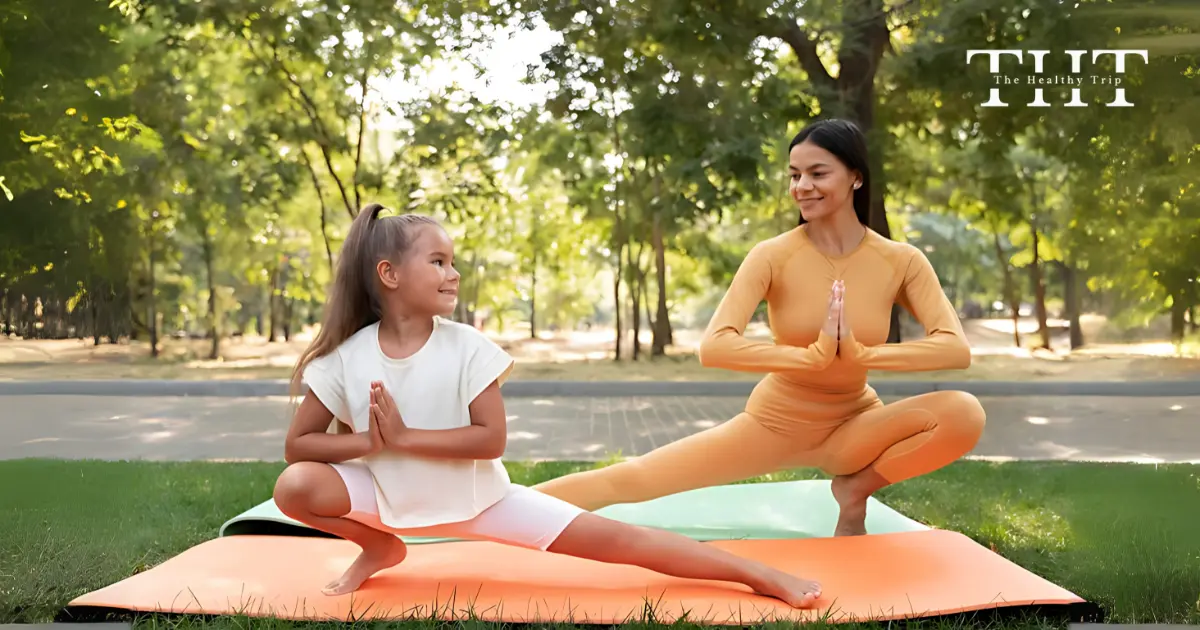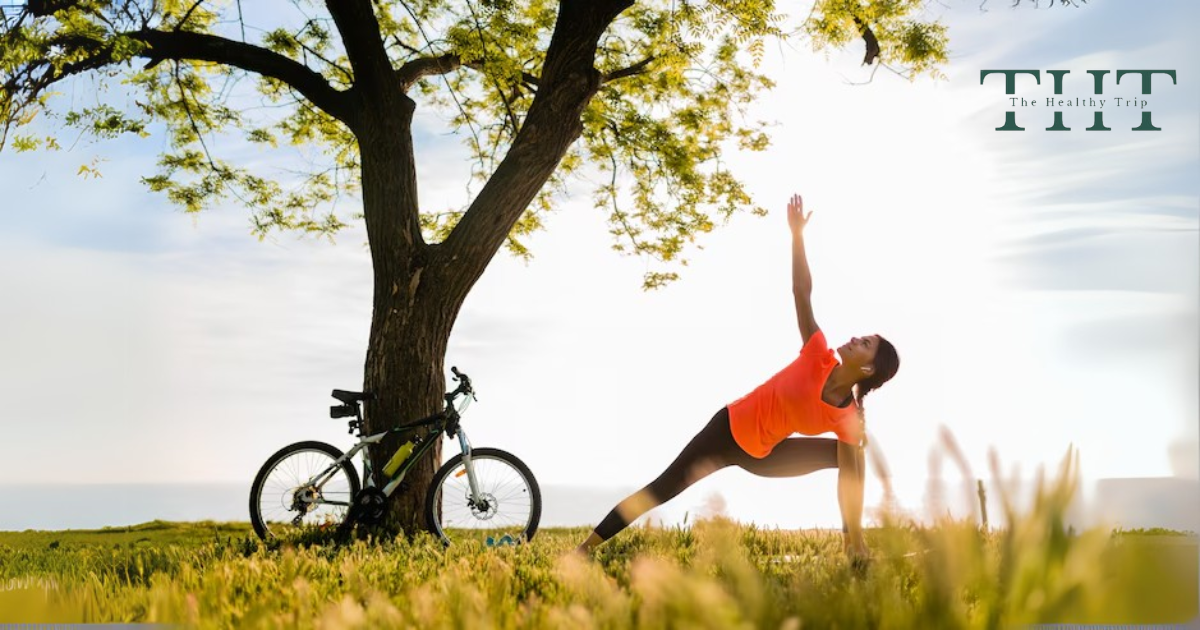Benefits of Yoga for Students
In this fast-paced world with out-of-this-world competition, students tend to have a lot of academic load, physical stress, and emotional turmoil. During these vulnerable times, yoga proves to be a great stress reliever, improving a student’s concentration and general wellbeing.
Yoga is not only about postures and poses, but rather a combination of mind and body that benefits a student in multiple ways. In this article, we would discuss about the positive impact of yoga on students academically, physically and emotionally.
1. Improves Concentration and Focus
Yoga has numerous advantages, but the most appealing aspect for a student who practices it is an increased focus. Practicing yoga regularly is believed to increase blood circulation to the brain, which enhances its functions, particularly memory and attention. Breathing techniques are beneficial as well, pranayama for example, as they soothe nerves and help kids pay attention to their studies.
Specific stances assist children with concentration when studying. For example, Tree Pose (Vrikshasana) and Child’s pose (Balasana) could help quiet the mind and reduce chaos, which would lead to do wonders in the student’s performance.
2. Lessens Stress and Anxieties
Students sometimes develop stress because of examinations, their assignments and also peer pressure. Yoga is other way that can assist anxious students because it helps in the regulation of nervous system. Specific breathing techniques and meditative exercises keep students at ease and lower cortisol levels, a hormone associated with stress.
Postures like Adho Mukha Svanasana or ‘Downward Dog’ and Marjaryasana-Bitilasana or ‘Cat-Cow Pose’ helps release the tension in body parts making students feel relaxed.
3. Enhances the Level of Fitness
Students can use yoga in their physical fitness regimen as it has been proven to be one of the best ways to enhance flexibility, strength, and proper body alignment. Sitting for long hours in class has been associated with back pain and poor bodily posture. Tadasana (Mountain Pose) Bhujangasana (Cobra Pose) yoga postures help in increasing the strength of spine and improving posture
More so, yoga enhances immunity, enhances digestion and increases the overall physical stamina of the student, such that he or she can remain active throughout the entire day.
4. Cultivates Emotional Stability
Students are subject to various mood swings and frustration at times. Yet other function of yoga is that it helps to balance ones mood by releasing endorphins into the system, which are booster hormones. Consistent goal-oriented thoughts are also encouraged through the practice of mindfulness which fosters their emotional strength.
5. Improves The Quality of Sleep
Sleep plays a vital role when it comes to enhancing focus and optimal functioning of the brain. However, there seems to be a dramatic increase of students being on the other end of sleep cycle, as they often deal with sleepless nights because of either screen time or stress induced by studying.
Also, the stress levels can be alleviated and relaxation can be achieved through Yoga encouragement with practices such as Legs-Up-The-Wall Pose (Viparita Karani) and Yoga Nidra, leading to better and restful sleep.
6. Builds Stronger Volunteers and Self Disciplined Individuals
Yoga encourages self discipline in the students by aiding them stick to their practice and living with discipline. In this case, students begin to become self aware, and that explains how conscious they can become of their own powers, needs, and limits. Such self comprehension can prove to be life changing in the sense that it allows the students to handle situations better both in schooling and in doing life in general.
7. Reinforces Character to Surmount Difficulties
Life of a student is not always certain because it does come with its own share of academic and personal stress. But with the help of yoga, students can learn to remain steady even when in times of turmoil. When combined together, mindfulness, controlled breathing, and physical activity foster mental stamina, thereby enabling students to approach problems with confidence and bravery.
Best Yoga Poses for Students
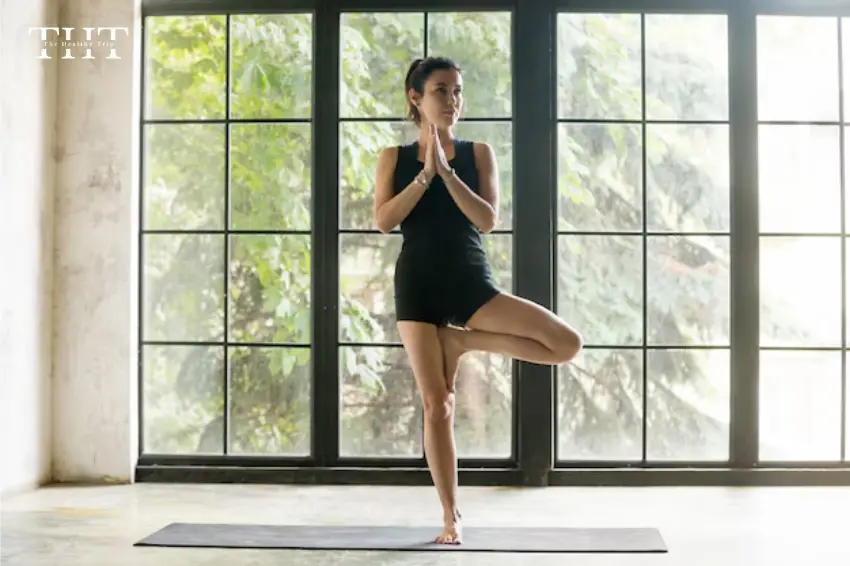
Tree Pose (vrikshasana): This pose increases your ability to balance and focus.
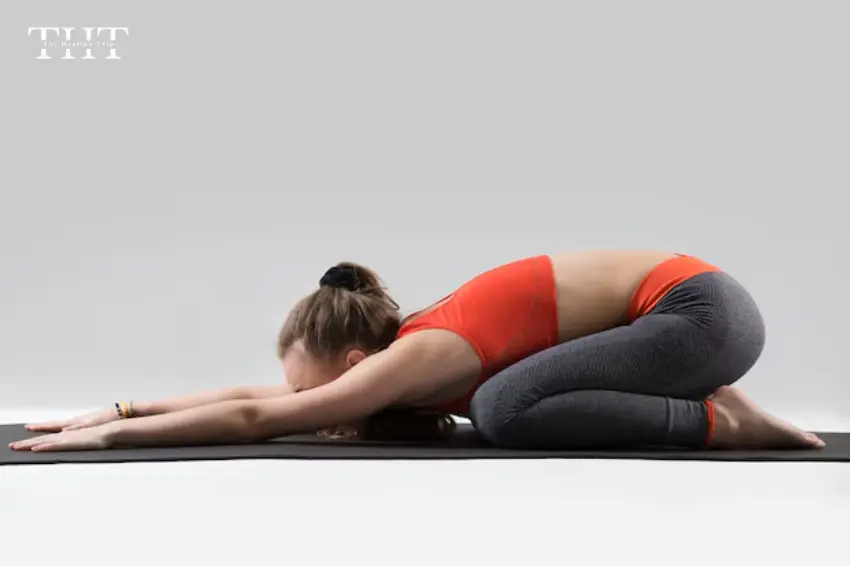
Child’s Pose (balasana): A great way to ease stress and tension in your body.
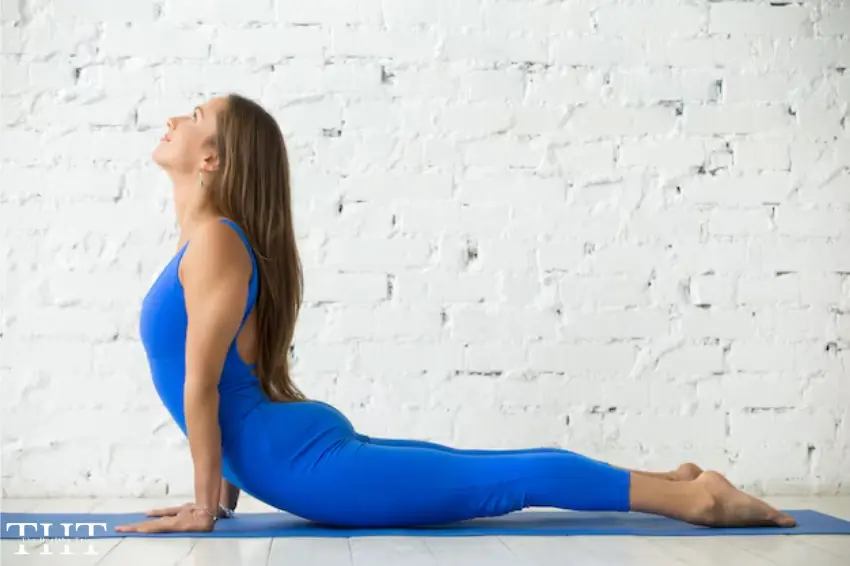
Cobra Pose (bhujangasana): Enhances your overall posture and strengthens your spine.
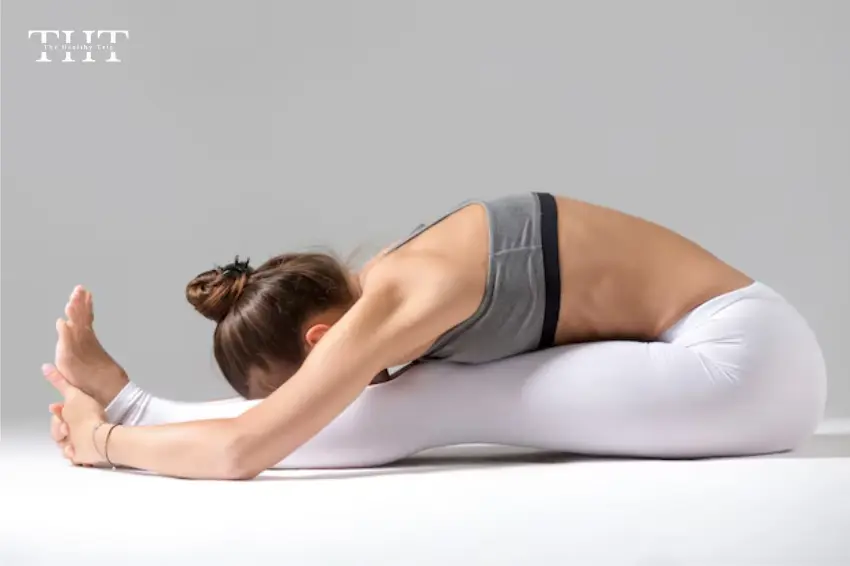
Seated Forward Bend (paschimottanasana): This pose helps calm the mind while stretching out the back.
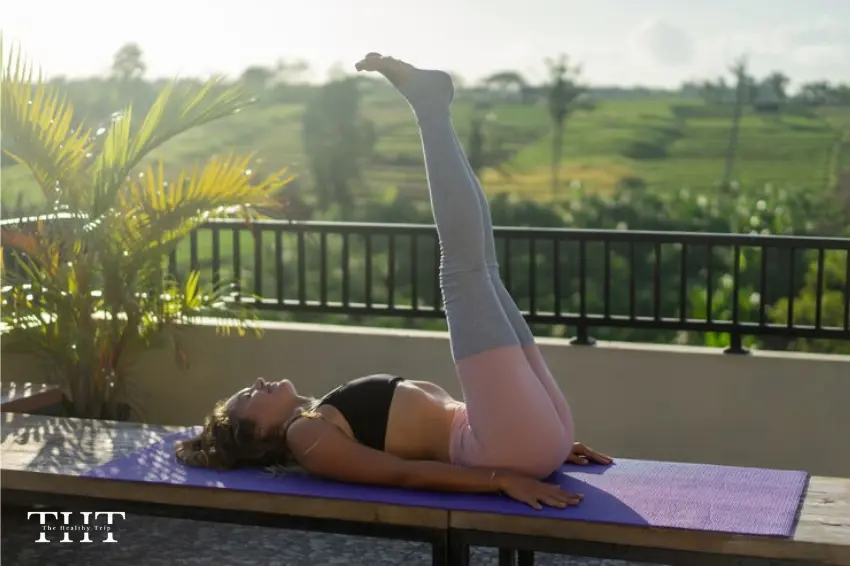
Legs-Up-The-Wall Pose (viparita karani): This pose helps induce relaxation and improve sleep.
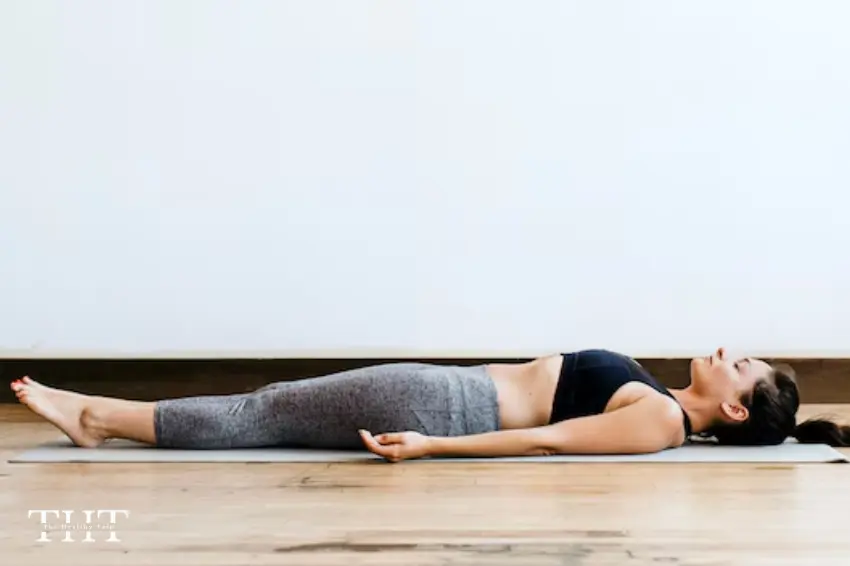
Yoga Nidra: This yoga helps in restful sleep.
Some questions about benefits of yoga for students
The answer is yes. Using yoga techniques alongside exam revision can help students concentrate and relieve the pressure of taking an exam. Pranayama exercises are particularly effective.
As for students, they can do yoga around three to five times in a week within the time frame of 15-30 minutes. To derive its benefits, a certain level of consistency is required.
Certainly! Certain asanas like Vrikshasana and Balasana are very good for increasing attention and concentration.
Yes indeed! Certain postures like Bhujangasana and Paschimottanasana can work wonders to the relief of backache as well as improvement of one’s postural habits.
There are no boundaries when it comes to practicing yoga since it’s applicable for students belonging to absolutely every age bracket. It can be modified according to personal requirements as well as fitness levels.

